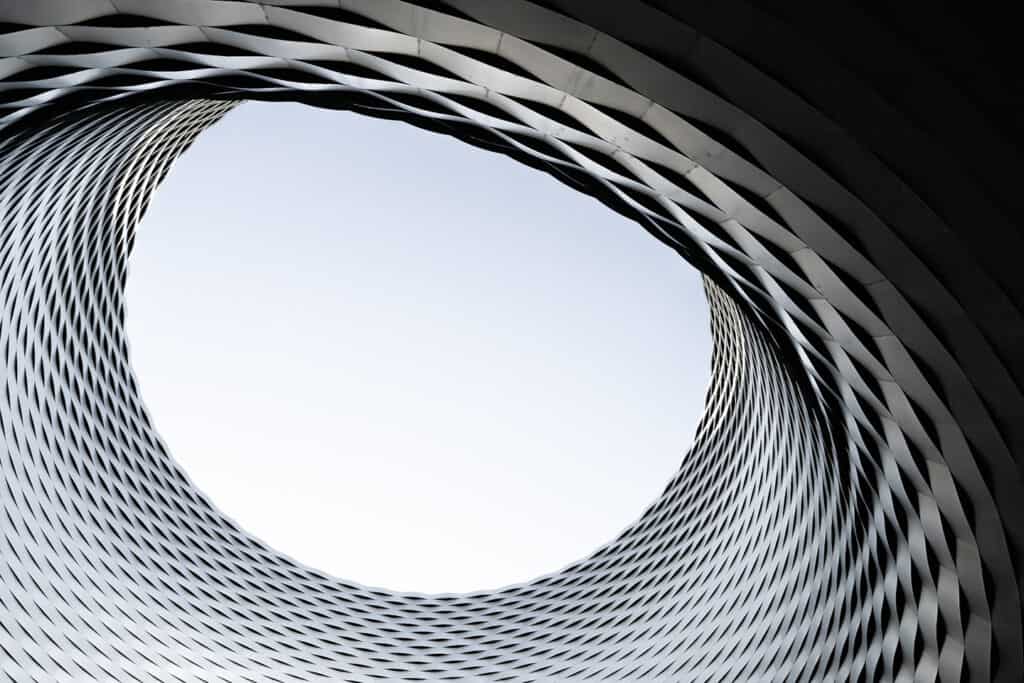
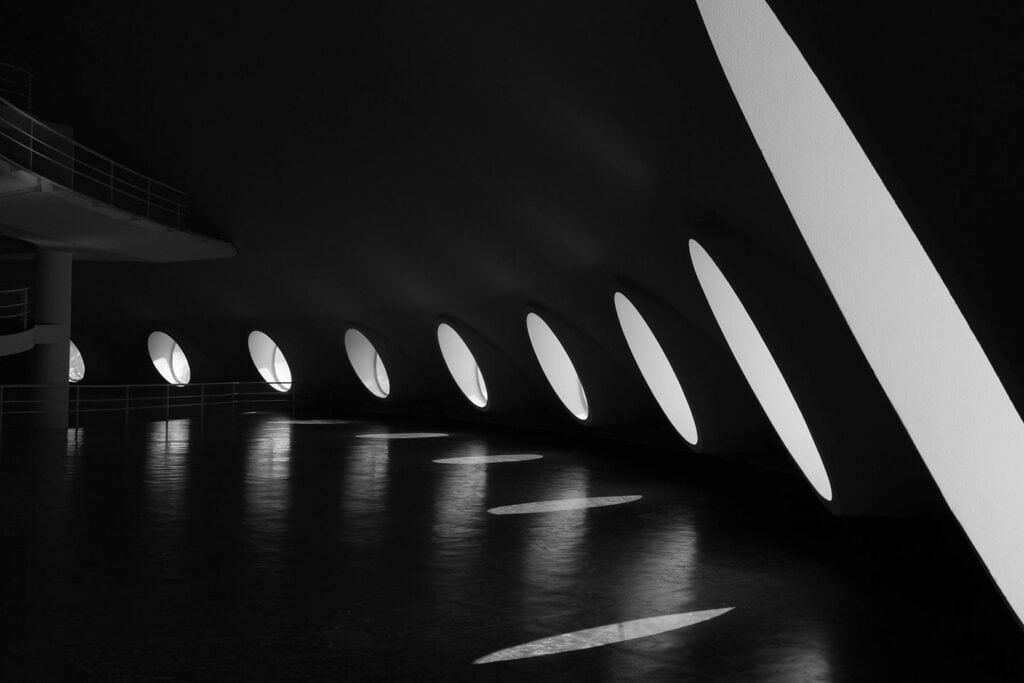
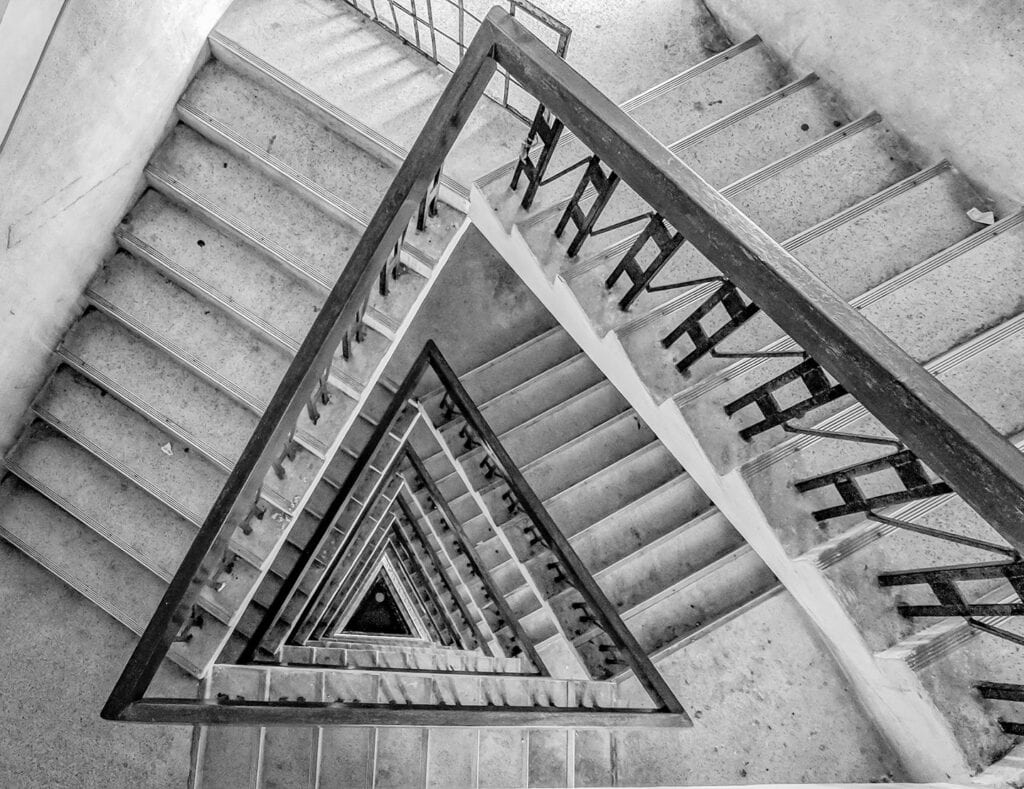
Have you ever walked into a building and felt uninspired by its lackluster design? As a homeowner or developer, you deserve a space that not only meets your needs but also embodies your vision. The journey to achieving your dream design can be overwhelming, but you’re not alone.
At Landmarks Architects, we understand the frustration of dealing with generic design solutions. We’re here to guide you through every step of the process.
In this article, we will cover:
- Understanding the essence of abstract architectural art
- Exploring the key design elements and principles
- The role of light and space
- The influence of material and texture
- The importance of function and form
- Implementing abstract architecture ideas in your projects
Ready to transform your vision into reality? Continue reading to discover how you can achieve a design that truly reflects your identity.
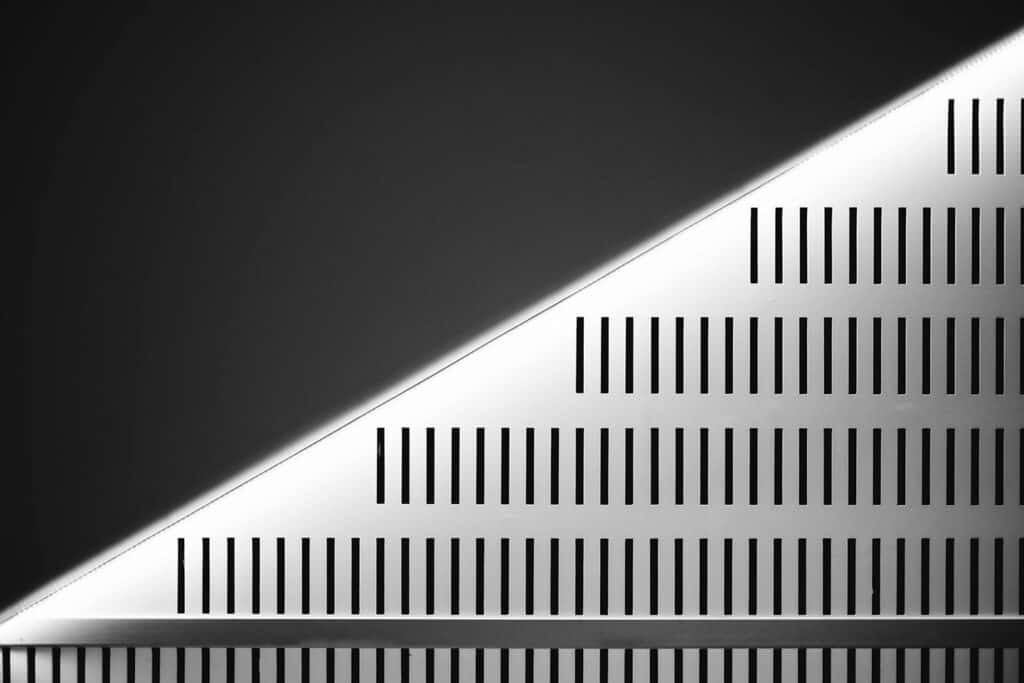
1. The Essence of Abstract Architectural Art
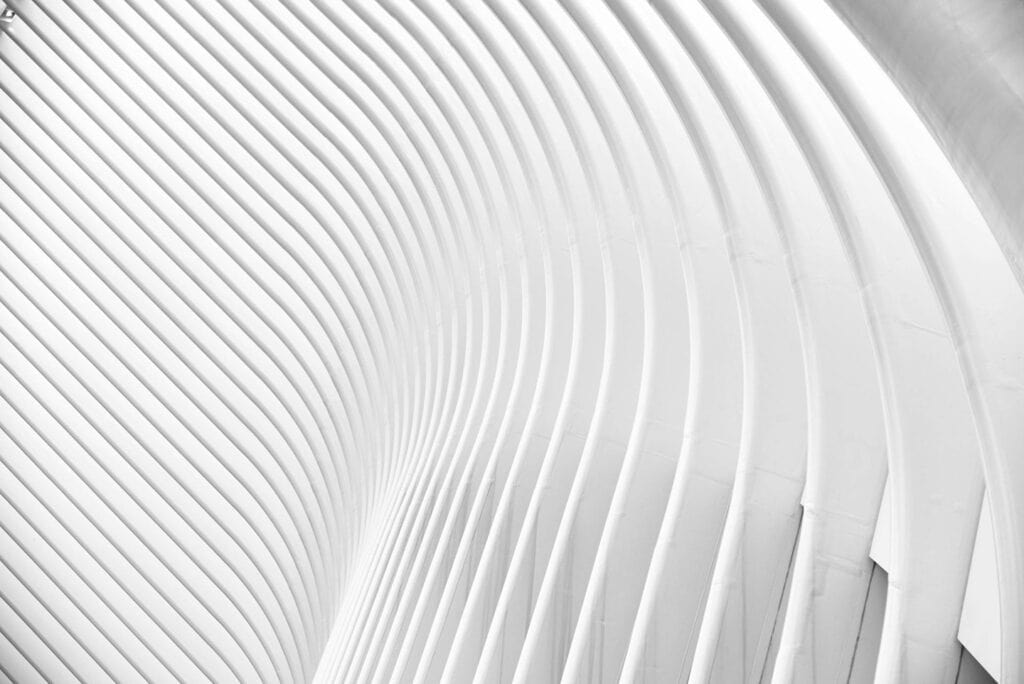
Abstract architecture is a style of architecture that emphasizes form over function. In this style, architects focus on creating buildings that are aesthetically pleasing and visually striking, rather than simply designing buildings that are practical and functional.


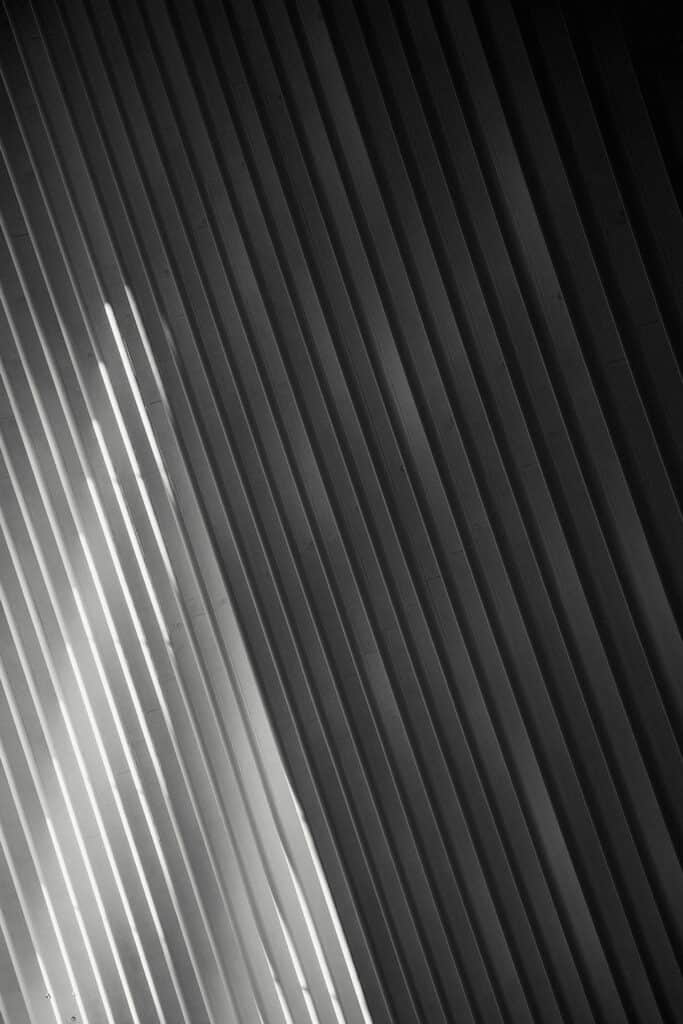
The focus has shifted from the past, where the function was the main aspect of the design, to the present, where the focus is on the beauty and style of the building. Architects have designed buildings that are bold, beautiful, and unique, with a focus on creating a space that is both functional and aesthetically pleasing. The goal is to create a building that is not only functional but also beautiful and inspiring.
2. Design Elements and Principles
When it comes to creating abstract architectural art, there are several design elements and principles that architects must consider to achieve a beautiful and functional building. This section will explore the role of light and space, the influence of material and texture, and the importance of function and form.
Role of Light and Space
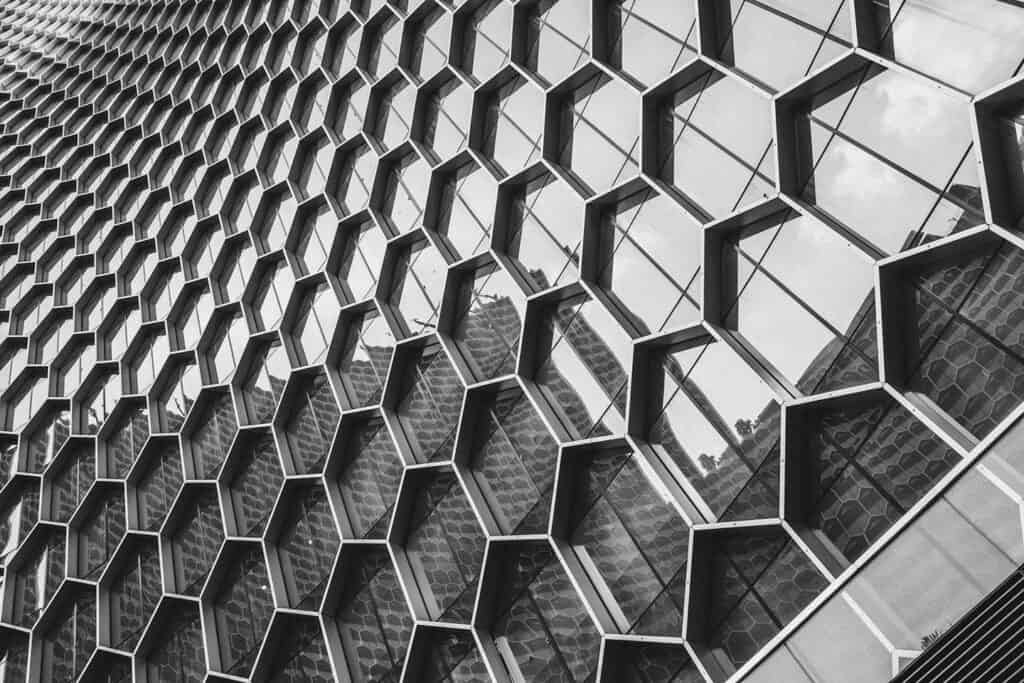
Architects use large windows to allow natural light to flood the interior space, creating a bright and airy atmosphere. By using glass as a primary material, architects can create a seamless connection between the interior and exterior spaces, blurring the boundaries between the two.
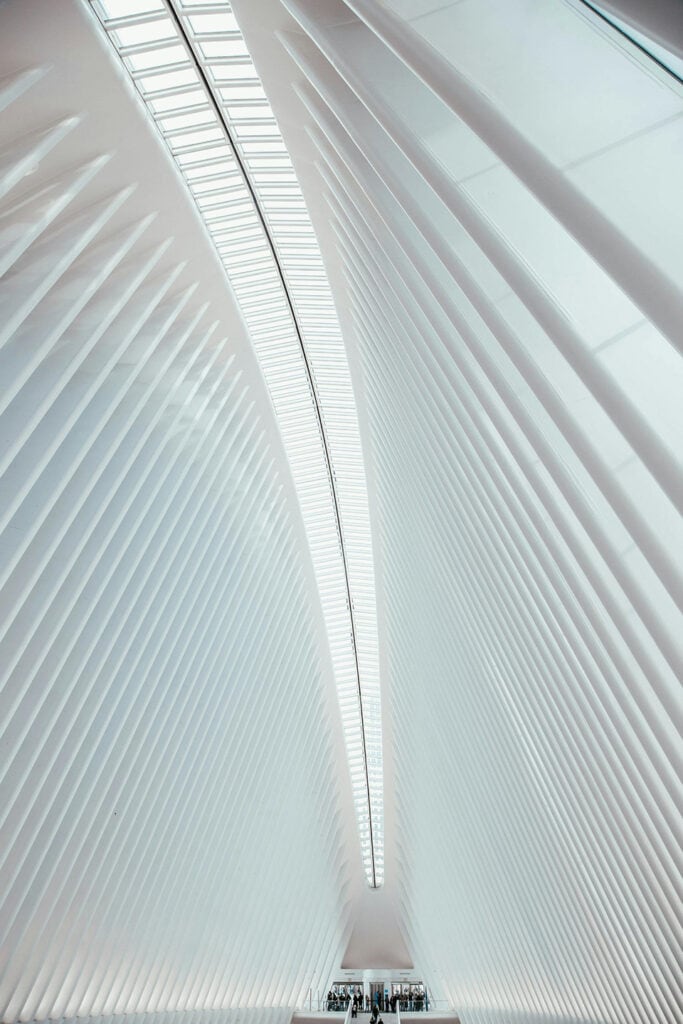
Ceiling height also plays a crucial role in the design of abstract architecture. By using high ceilings, architects can create a sense of grandeur and spaciousness, while lower ceilings can create a more intimate and cozy atmosphere.
Influence of Material and Texture
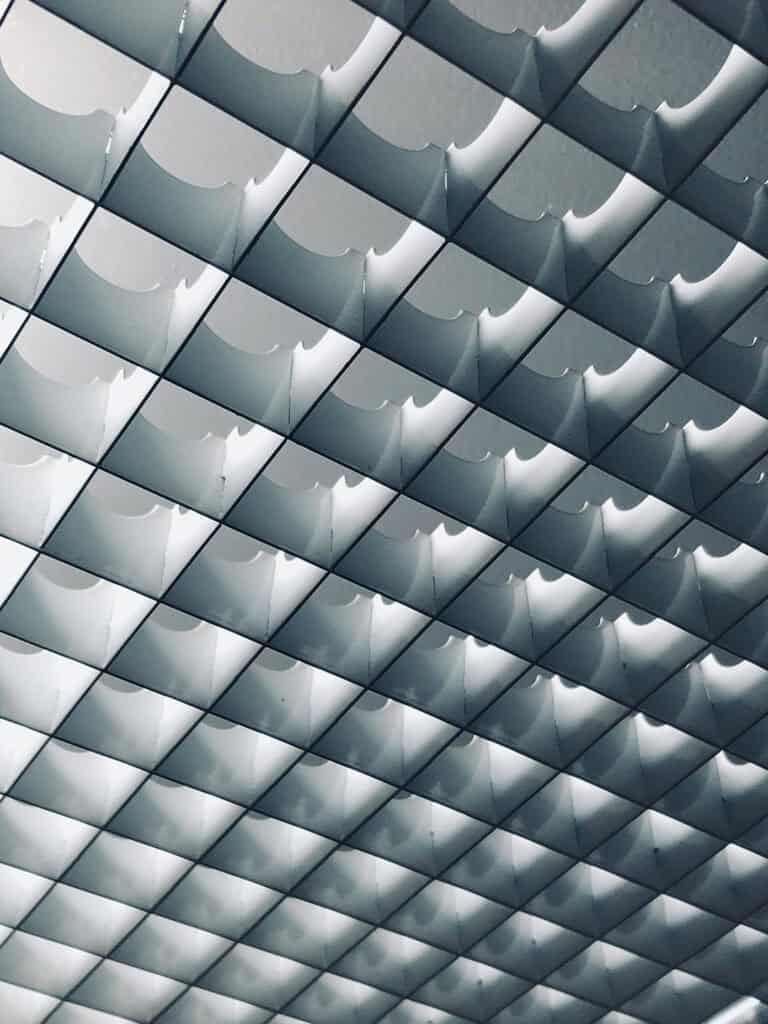
The choice of materials and textures used in abstract architecture can significantly impact the overall look and feel of the building. Architects can use a variety of materials, including glass, black steel, and concrete, to create a unique and visually striking design.
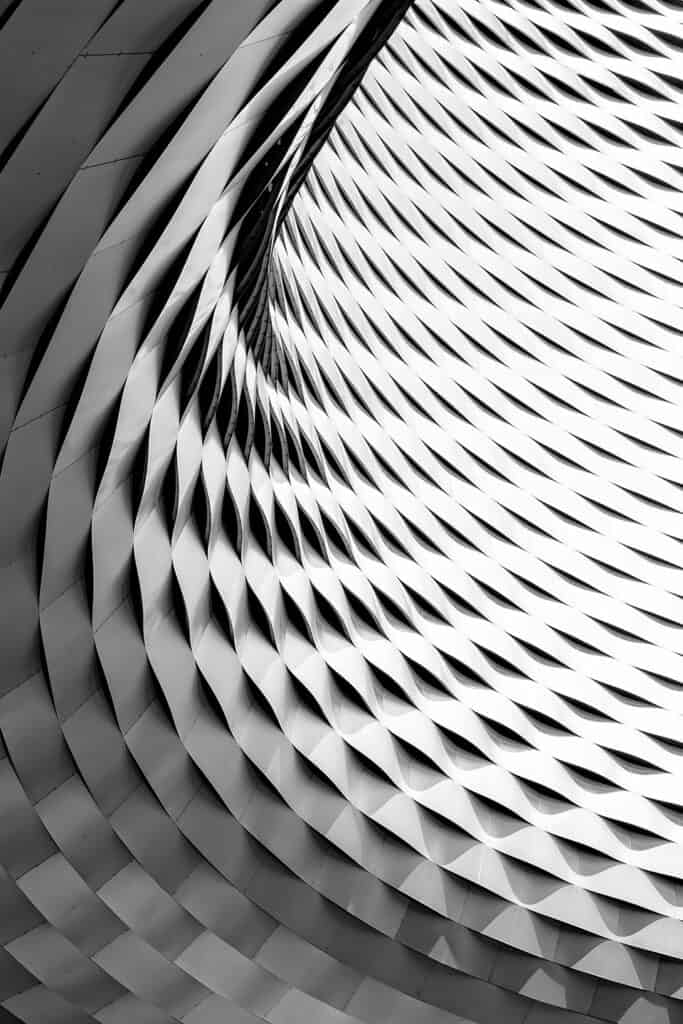
Textures can also play a significant role in abstract architecture. By using rough or smooth textures, architects can create a sense of depth and interest in the building’s exterior and interior.
Importance of Function and Form

While the aesthetic design of abstract architecture is essential, architects must also consider the building’s function and form. The design must be functional and meet the client’s needs, while also being visually appealing.
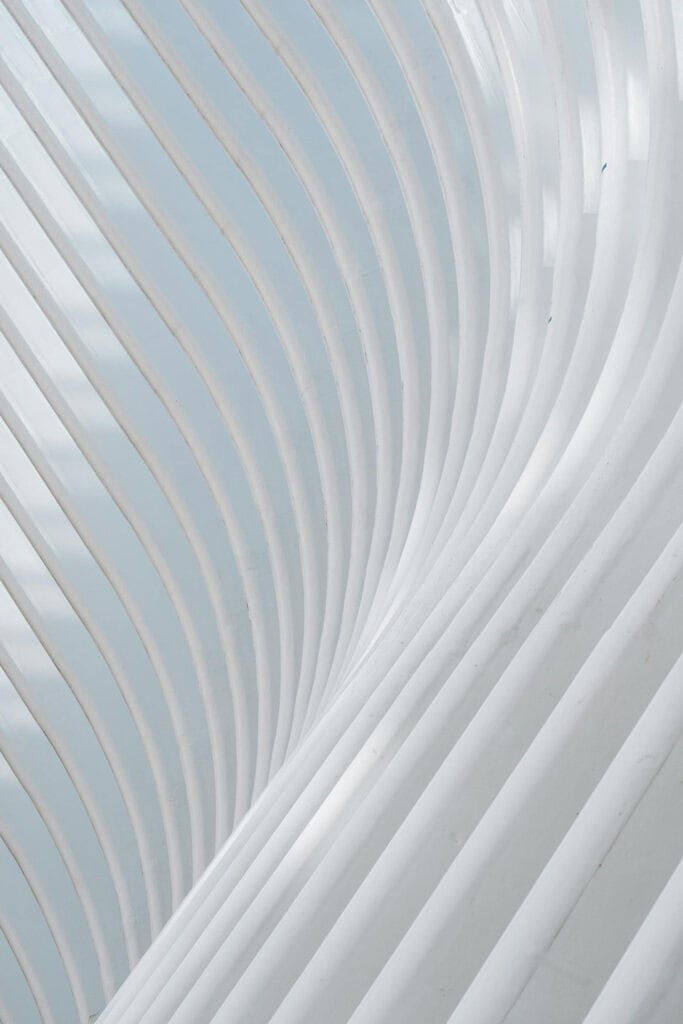
The design process involves a focus on both the form and function of the building. Architects must consider how the building will be used and how it will interact with its surroundings.
3. Abstract Architecture Idea
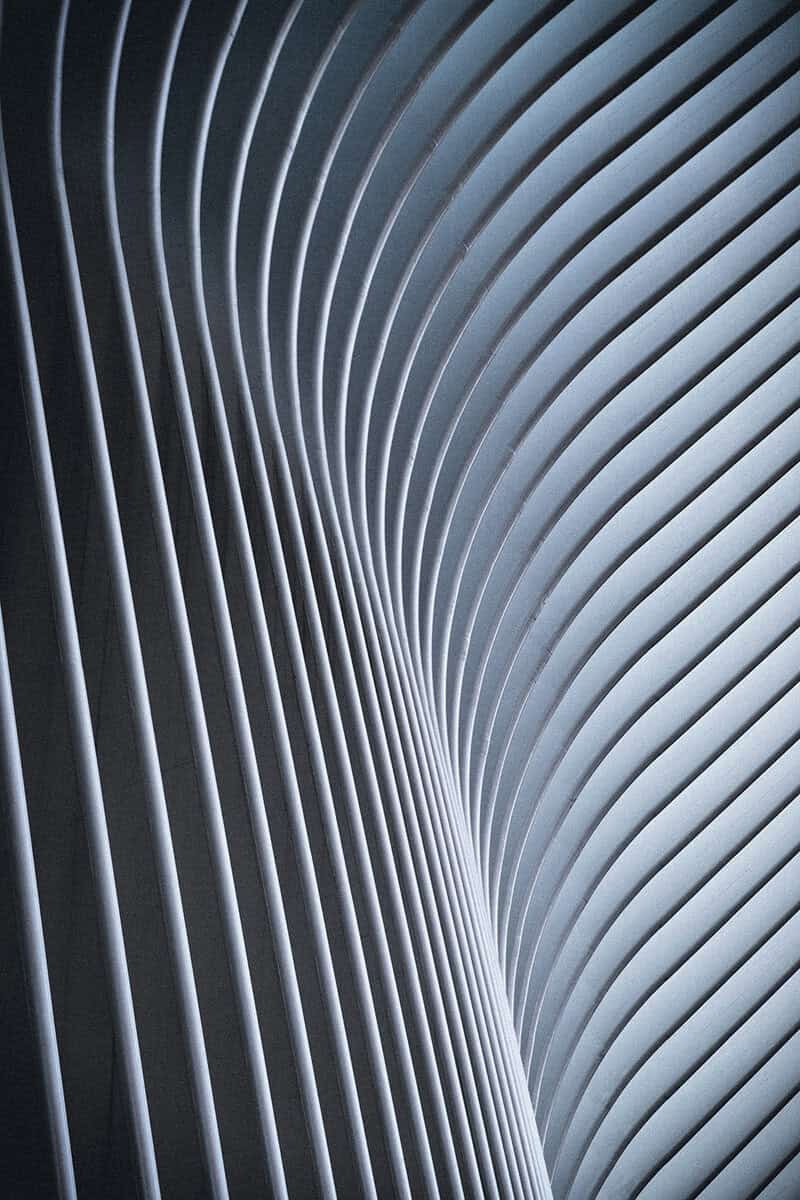
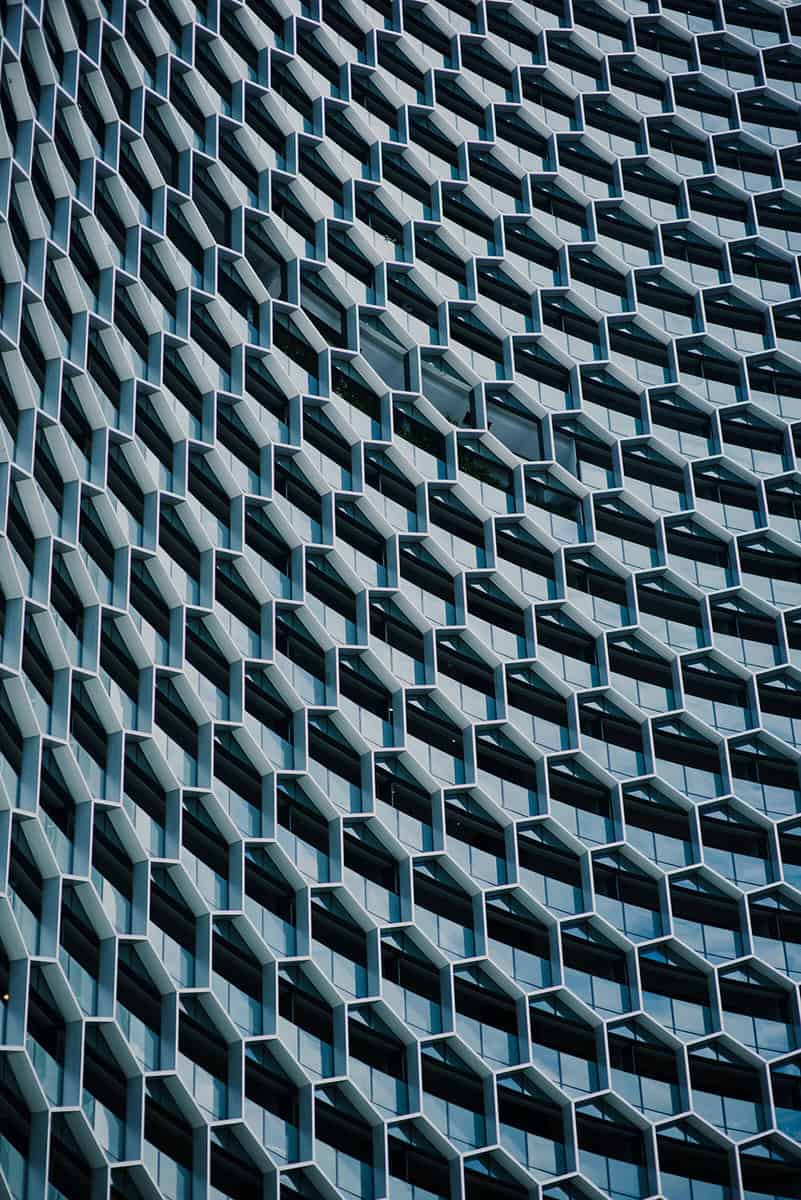
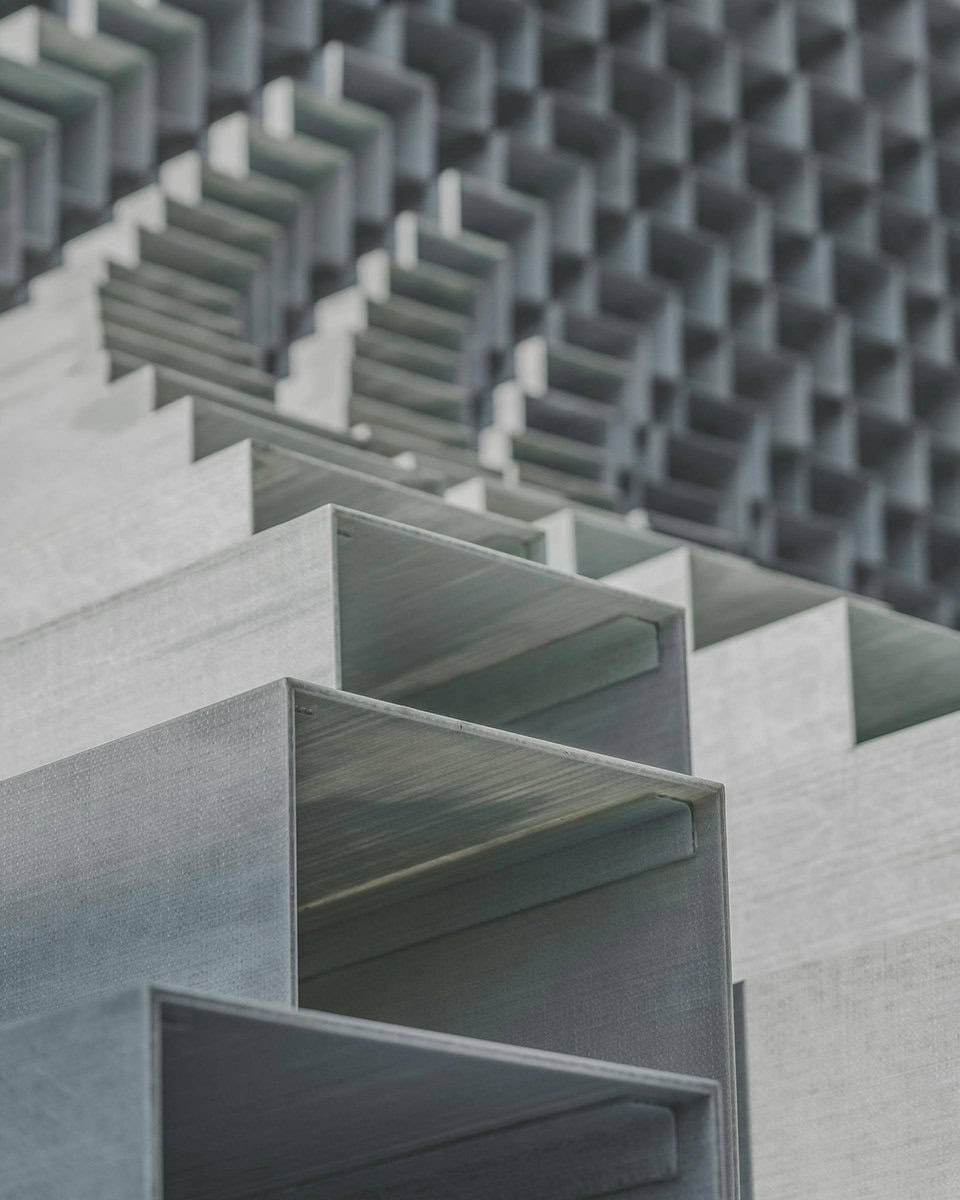



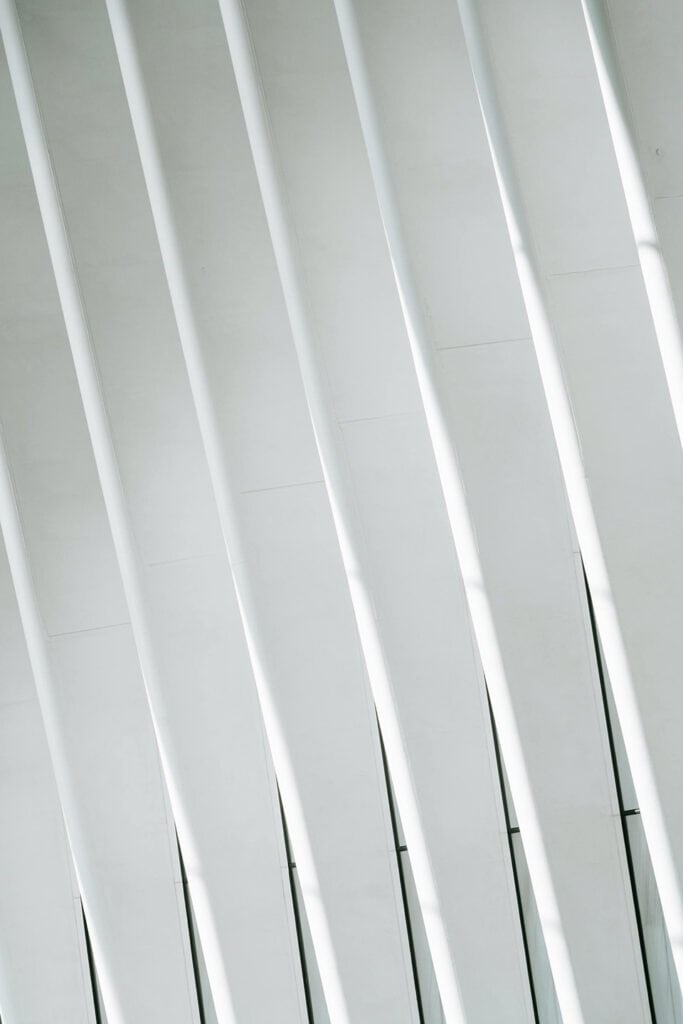


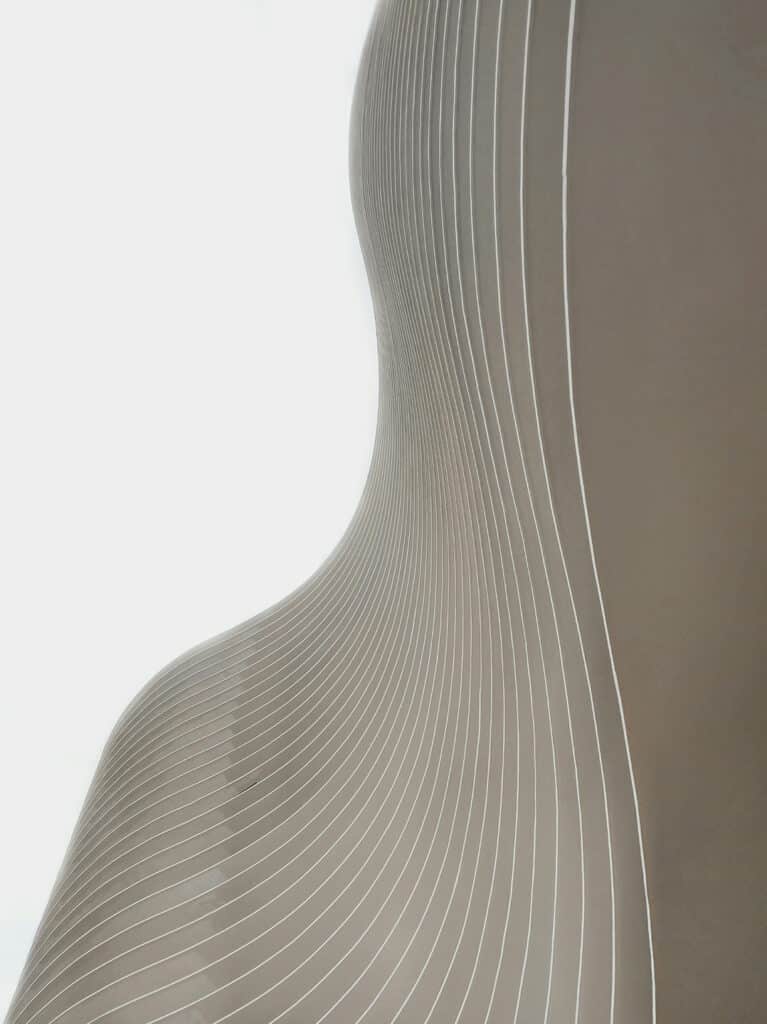
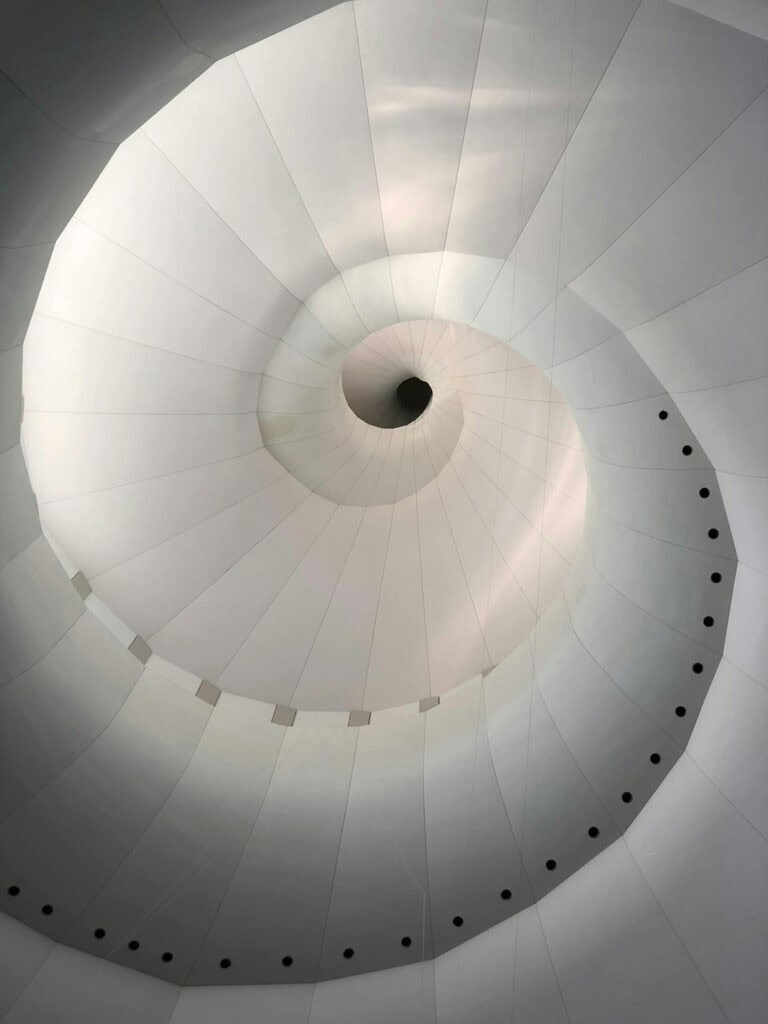
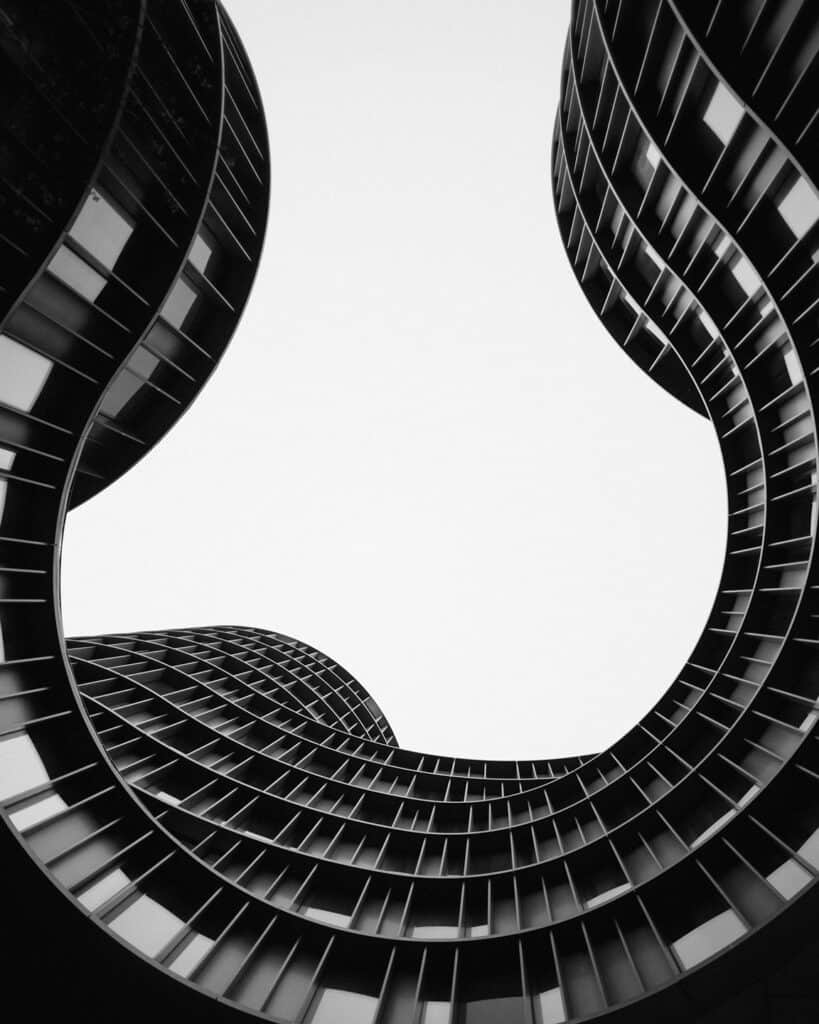
See Also:
Abstract Architecture
Abstract Architectural Art
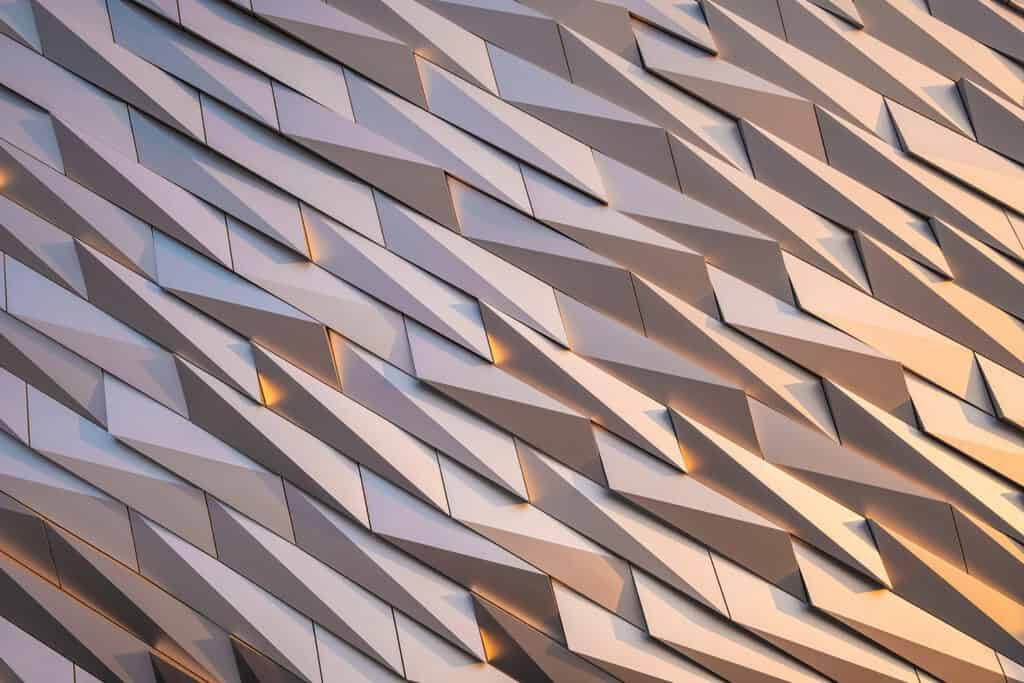
In conclusion, abstract architectural art is a style that focuses on creating beauty in buildings and spaces through the use of abstract designs.
Architects use a variety of materials, textures, and colors to create a unique look that is both functional and aesthetically pleasing.
Large windows, glass, and open spaces are common features in abstract architecture, which allows for an abundance of natural light and a focus on the surrounding environment.
The use of abstract art in architecture will continue to be an important aspect of the design process, as it allows for a unique and personalized approach to each project.









